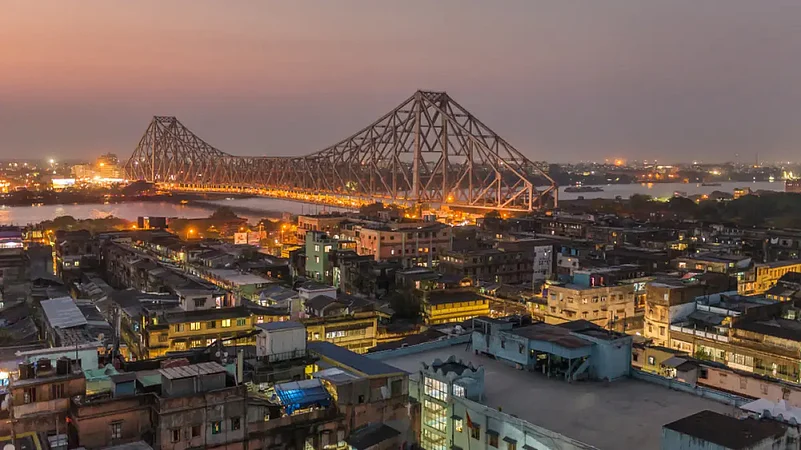Walking a city is one of the best ways to explore its character and hidden nooks. It is when you are on foot that you get to know the beat of the city. You can always walk around by yourself and discover a city you are in, at your own pace. Or you could sign up for a good walking tour. Kolkata is one of the most walkable cities in India. And we’ve rounded up some great walks you should sign up for - from a short one around central Kolkata to an exploration of the city’s Raj-era crimes.
Murder And Mayhem Walk
This one is based on true crime stories of Calcutta between 1850s and 1890s, taken from personal memoirs of police officers, and newspaper reports (think “Jewish housewife found brutally murdered in her bedroom”, or “A queen and her accomplices rob a jewellery store”). This walk will take you through places associated with these incidents. The walk will also look at the incident and people involved through a contemporary socio-cultural racial and gender dynamics lens. Some of the cases are still unsolved. You will walk through some of the most interesting areas in Kolkata – Armenian Street, Ezra Street, Pollock Street, Amratolla Lane, and more.
Sign up for the walk here.
The Melting Pot Walk
Kolkata-Calcutta is a city that has seen a variety of cultures. Some are gone, some are fading away, and others remain. This walk will explore “the origins and remains of the varied communities that hung their boots and called Calcutta home”, as the website says. For instance, why Chinese breakfast still rules Tiretta Bazar, how the Armenians gave the city its oldest surviving Christian church, the Anglo-Indians, Muslims, Marwaris, and Biharis and many more that made this city a great melting pot of diverse cultures.
Sign up for the walk here.
Cabin Food Walk
Everyone knows that Kolkata people take their food very seriously. And also that the city has a rich culinary culture with many layers. The Cabin Food Walk explores one such layer - the cabins, Kolkata’s eateries that dot old Calcutta popular with everyone from revolutionaries to literati.
Sign up for the walk here.
The Garden Reach Walk
The Khidderpore and Garden Reach area dates back to early 18th and 19th century. It is one of the oldest neighbourhoods of the city. Apart from the zamindari architecture, there are old bridges that were meant to connect Khidderpore to Garden Reach located opposite the Botanical Gardens in Howrah. Then there are the jute mills dotting the banks of the Hooghly, and further down is the Metai Burz area which was transformed into ‘Mini Lucknow’ by the exiled Nawab of Awadh, Wajid Ali Shah. All this makes the area a microcosm of cultures replete with Indian, European, especially Scottish under currents.
Sign up for the walk here.
The Ghats Walk
Kolkata was developed along the Hooghly river which has played a very important role in the lives of its inhabitants and helped shape the city. There are dozens of ghats along the river with archeologically significant buildings, evidence of the rich heritage of colonial Calcutta. Many prosperous businessmen built magnificent structures just above the stairs which provided shelter for the people taking a bath or visiting the river for rituals. Another interesting feature of most ghats are the temples that were built beside it. Some of these beautiful structures still exist though the maintenance and supervision are minimal.
Sign up for the walk here.
















